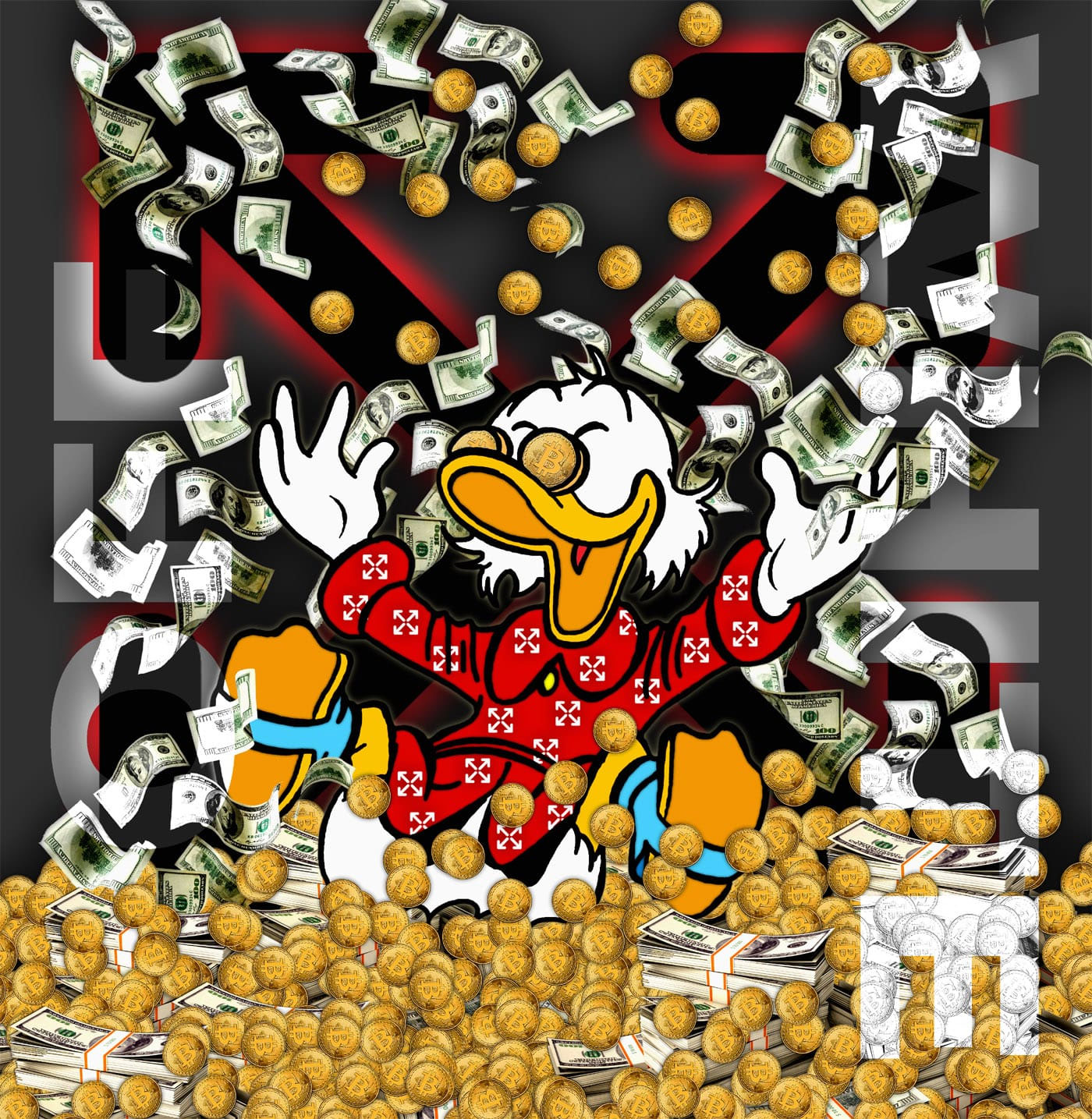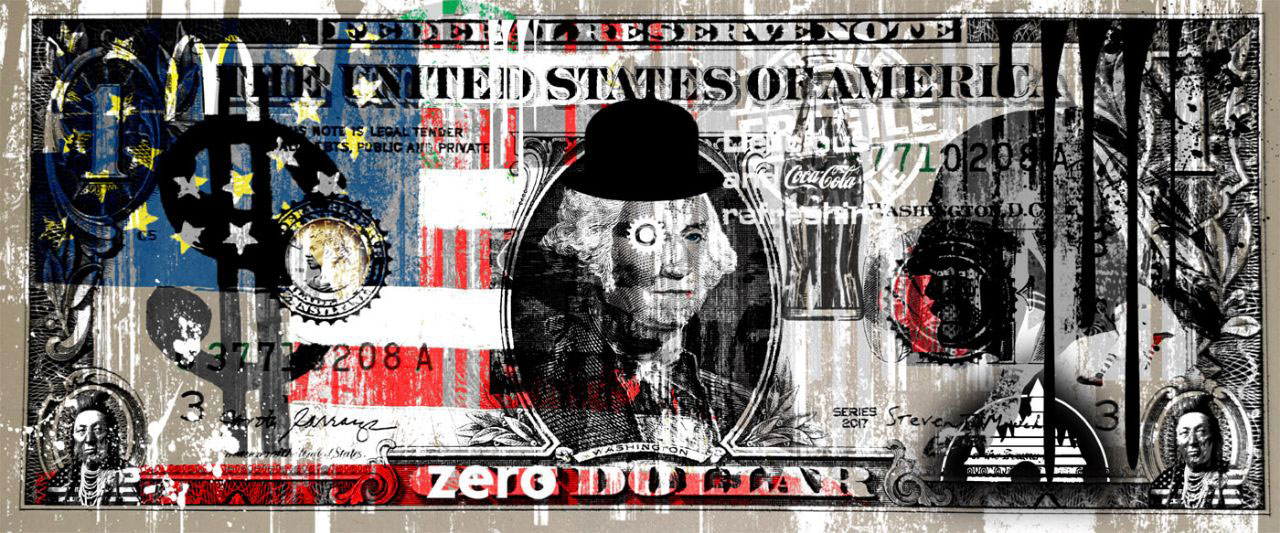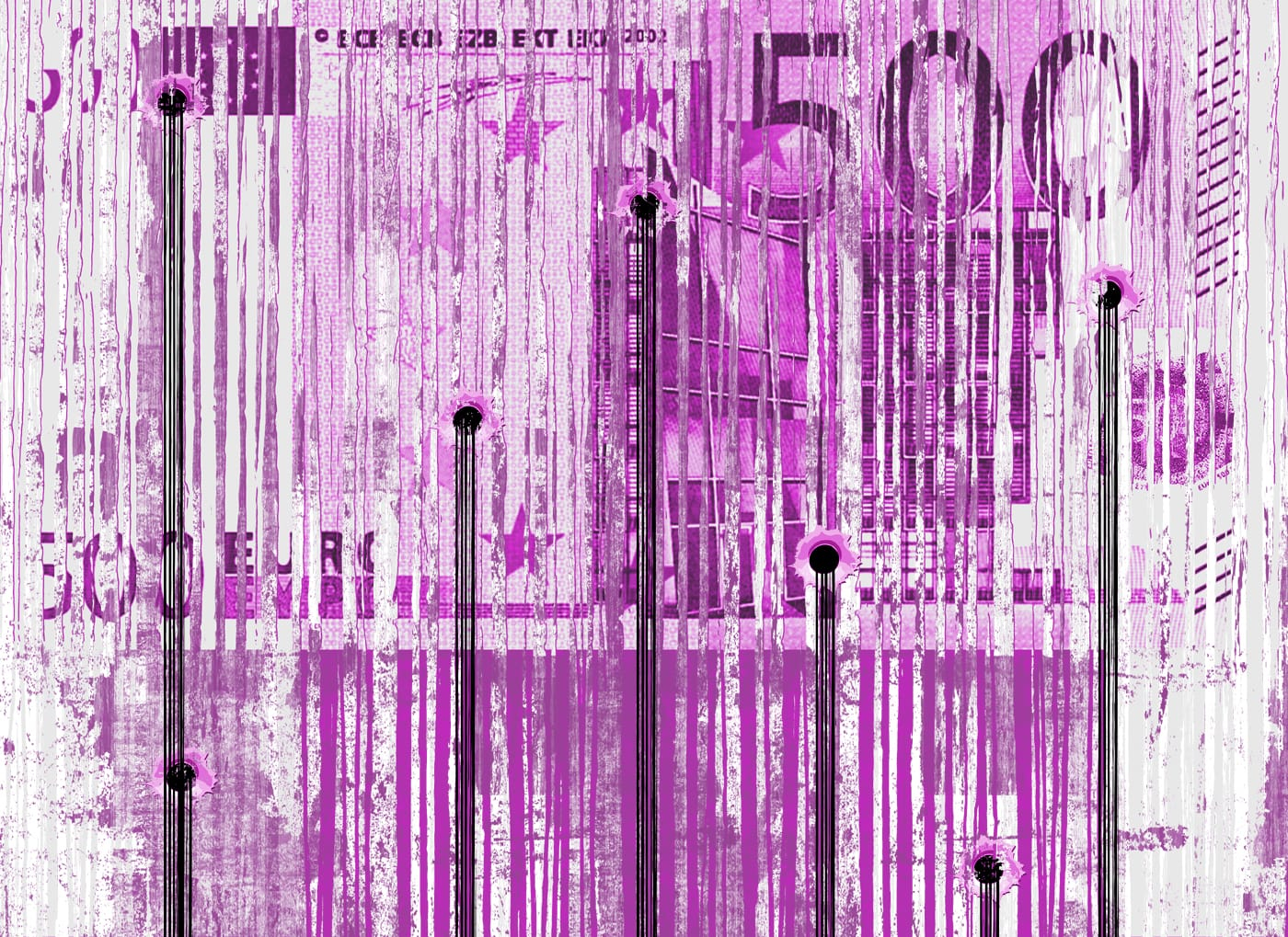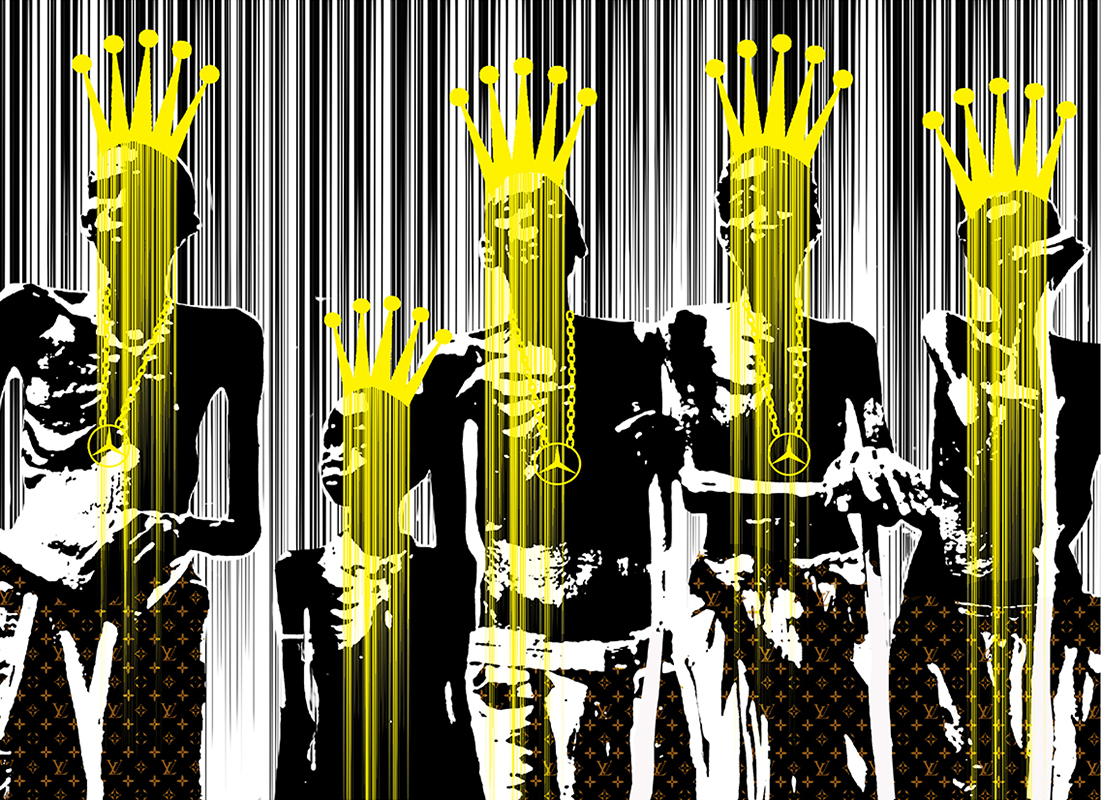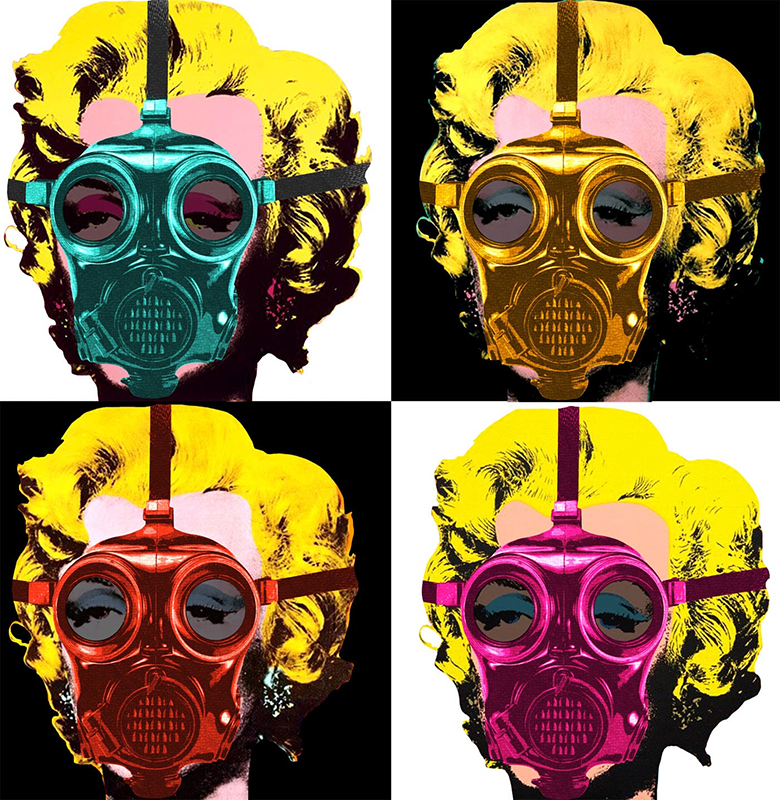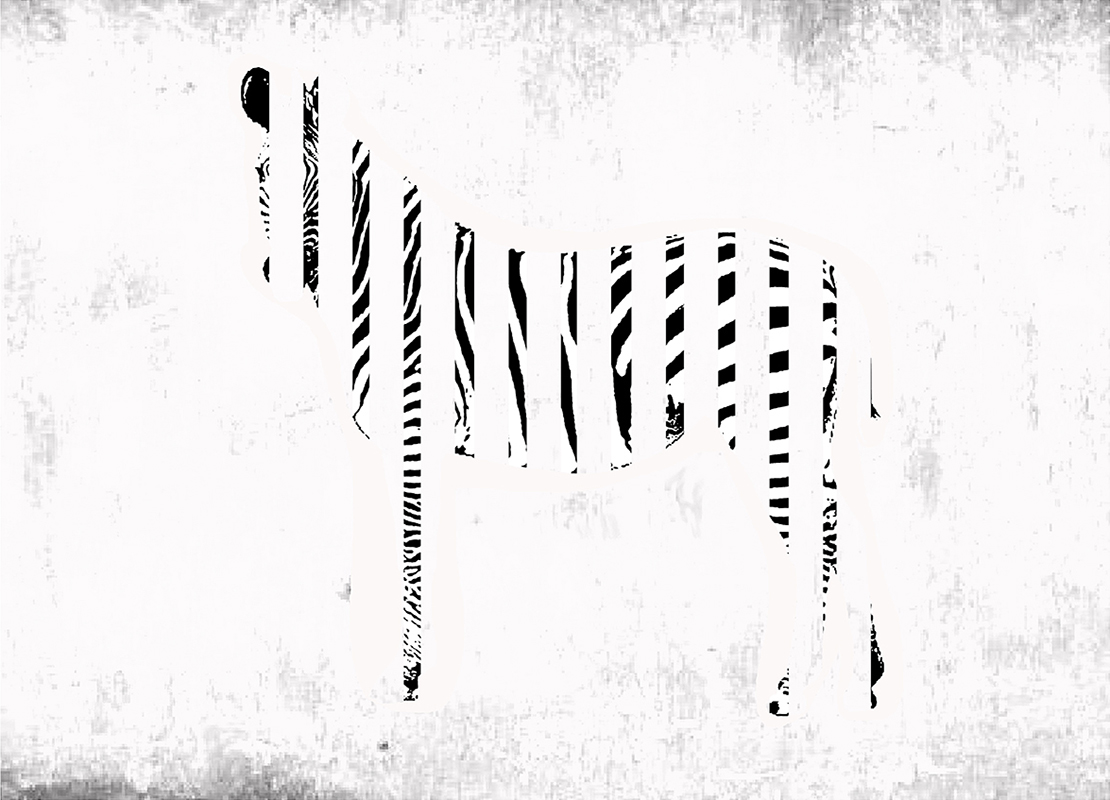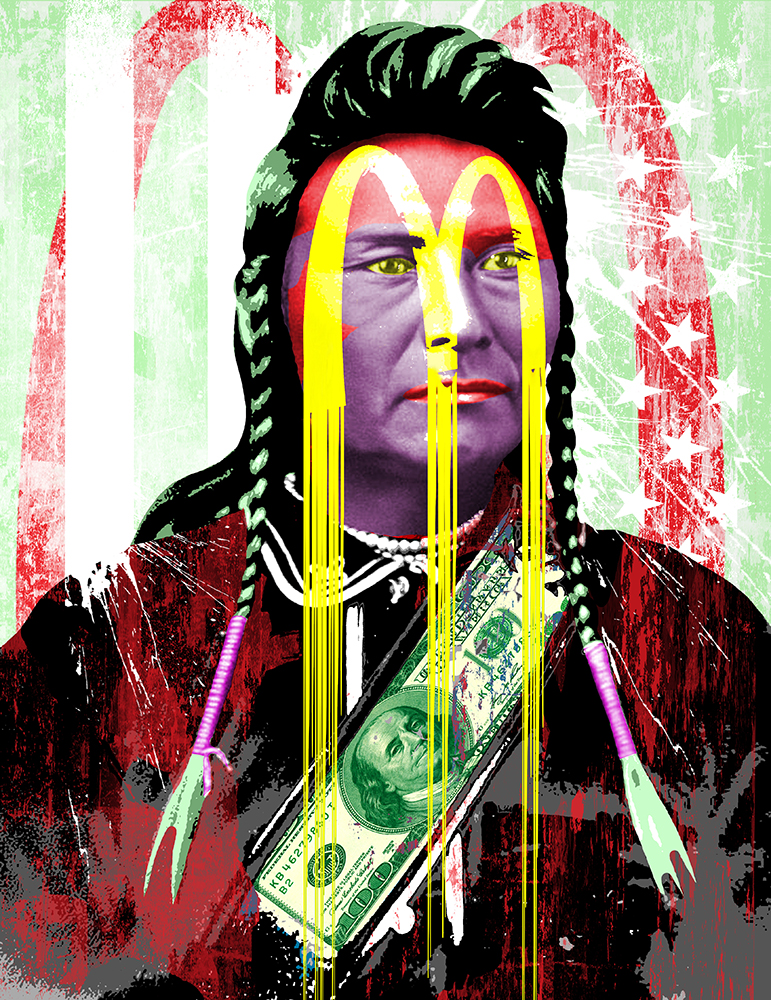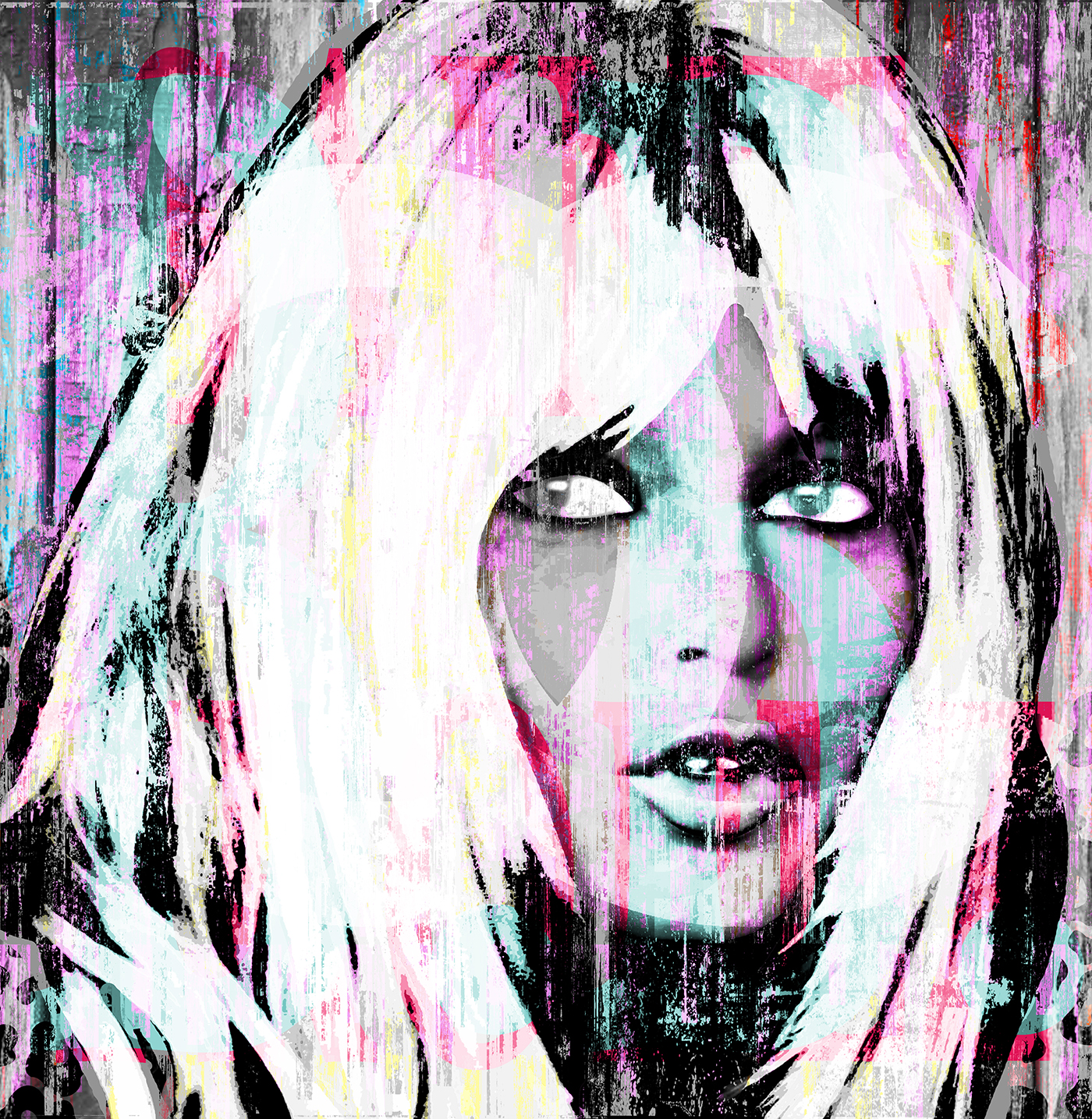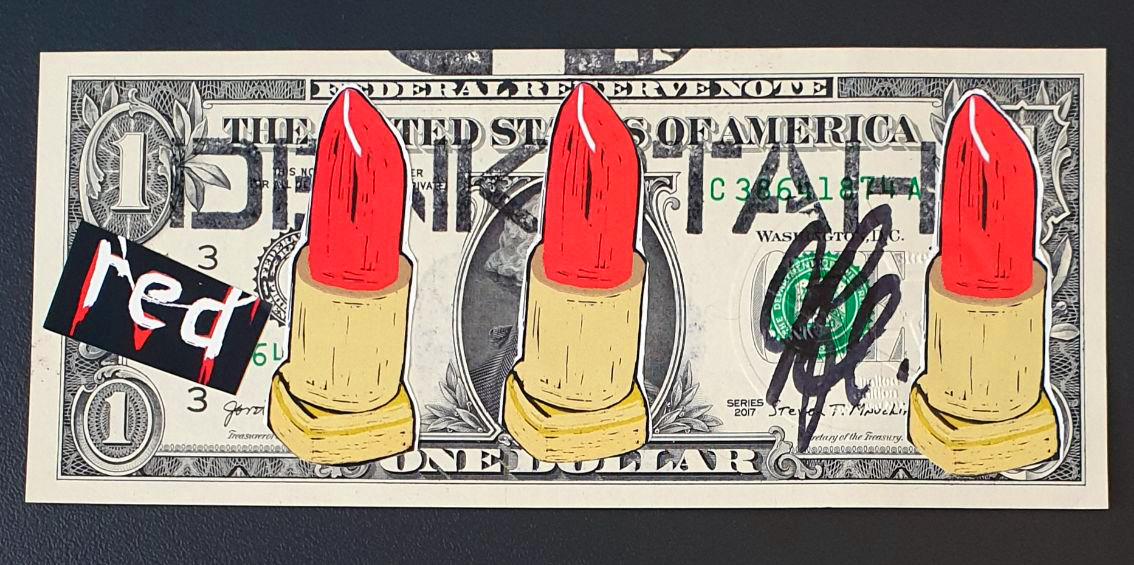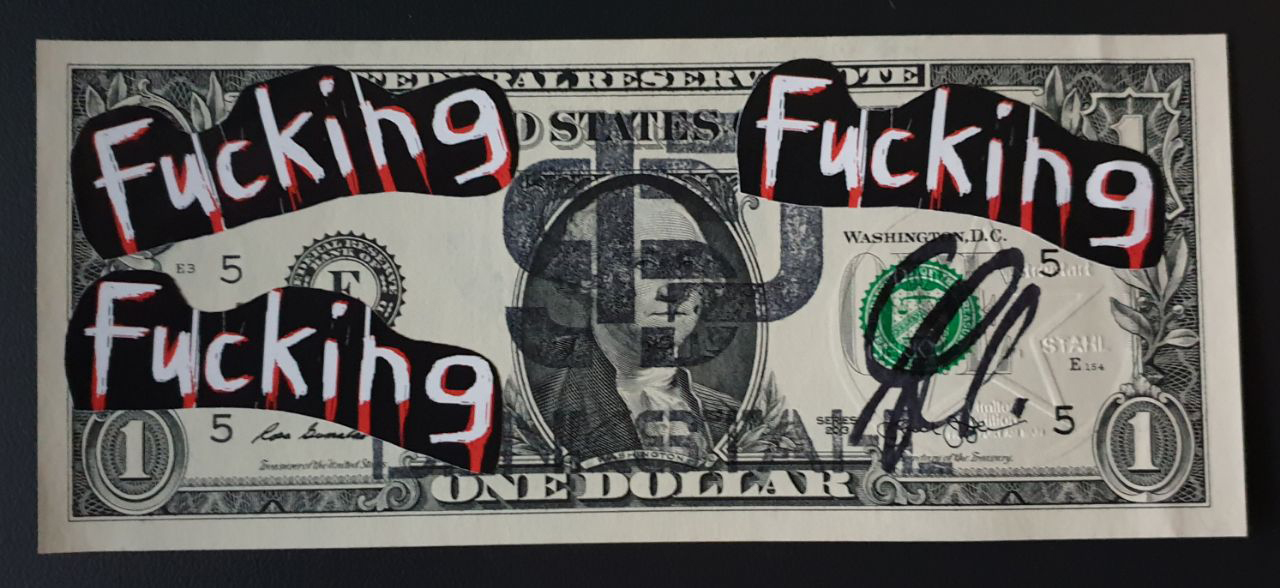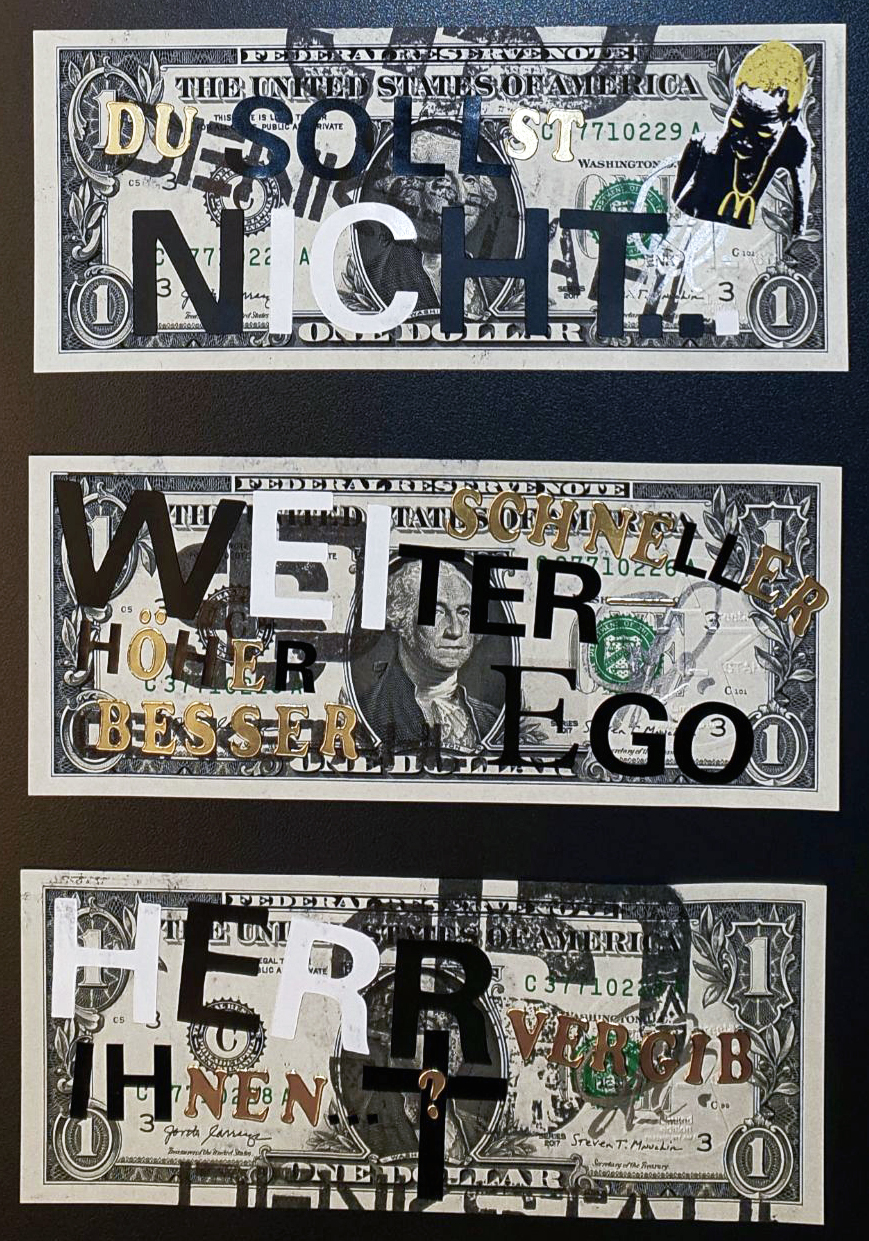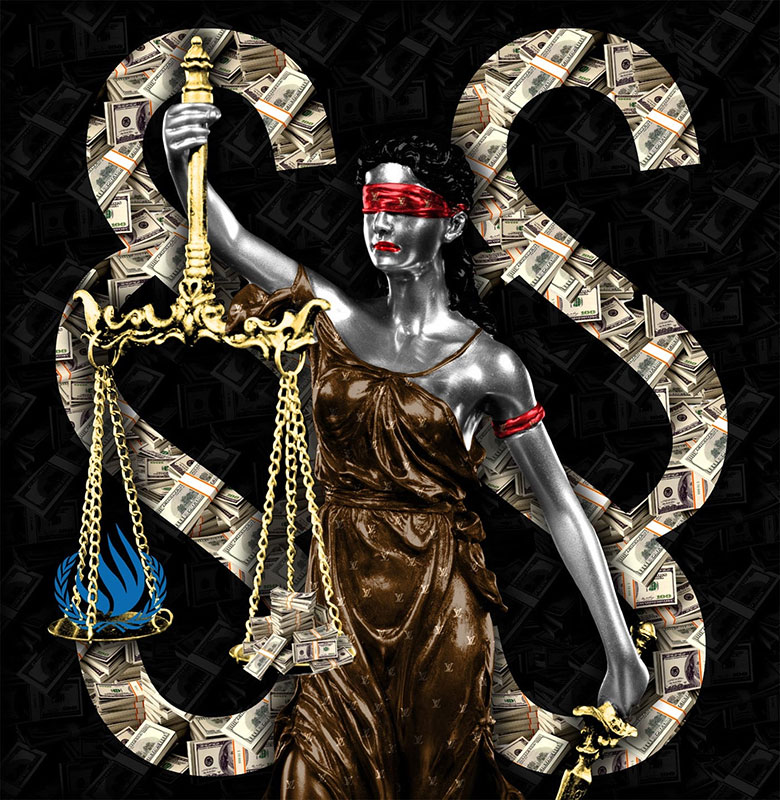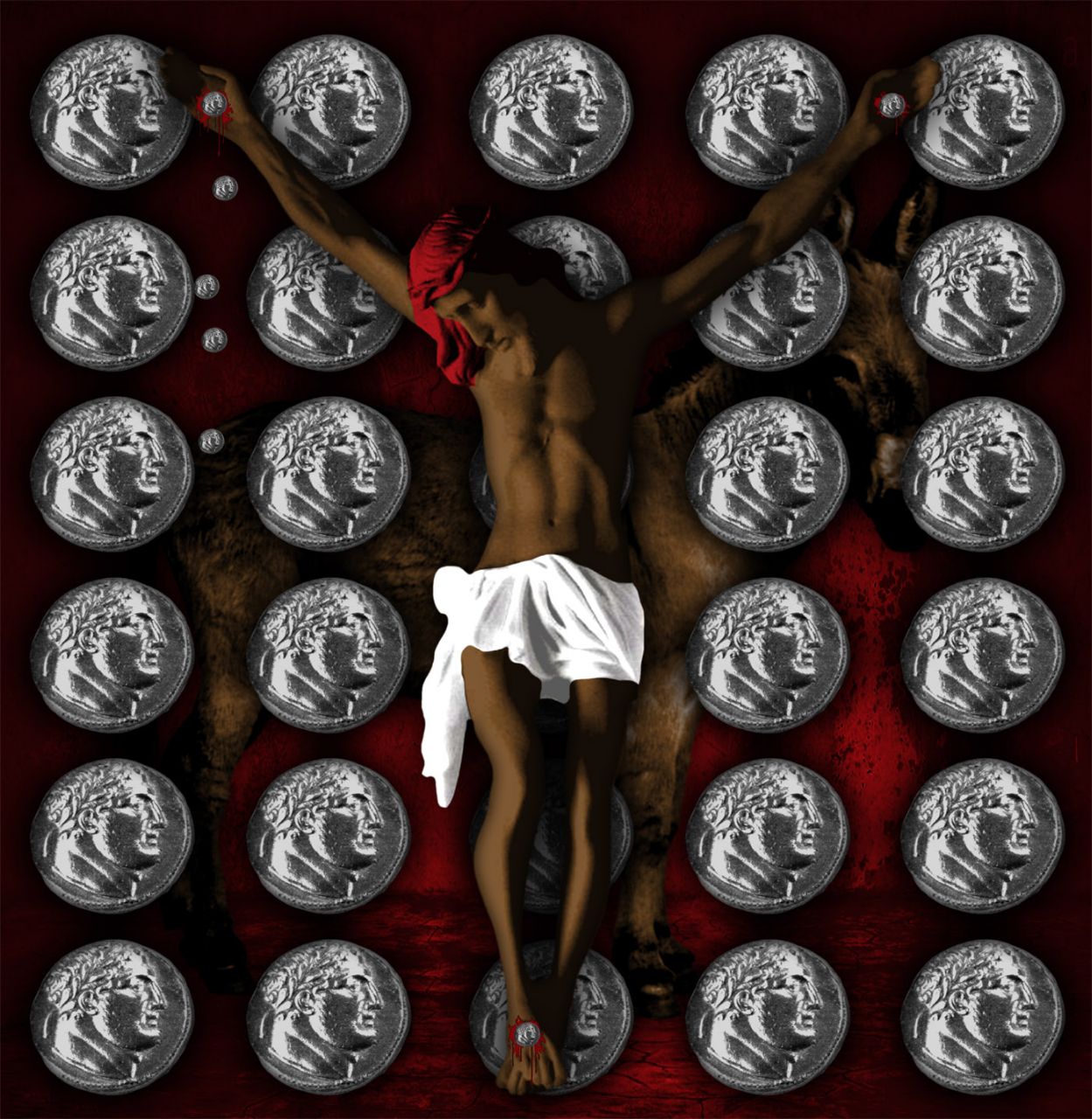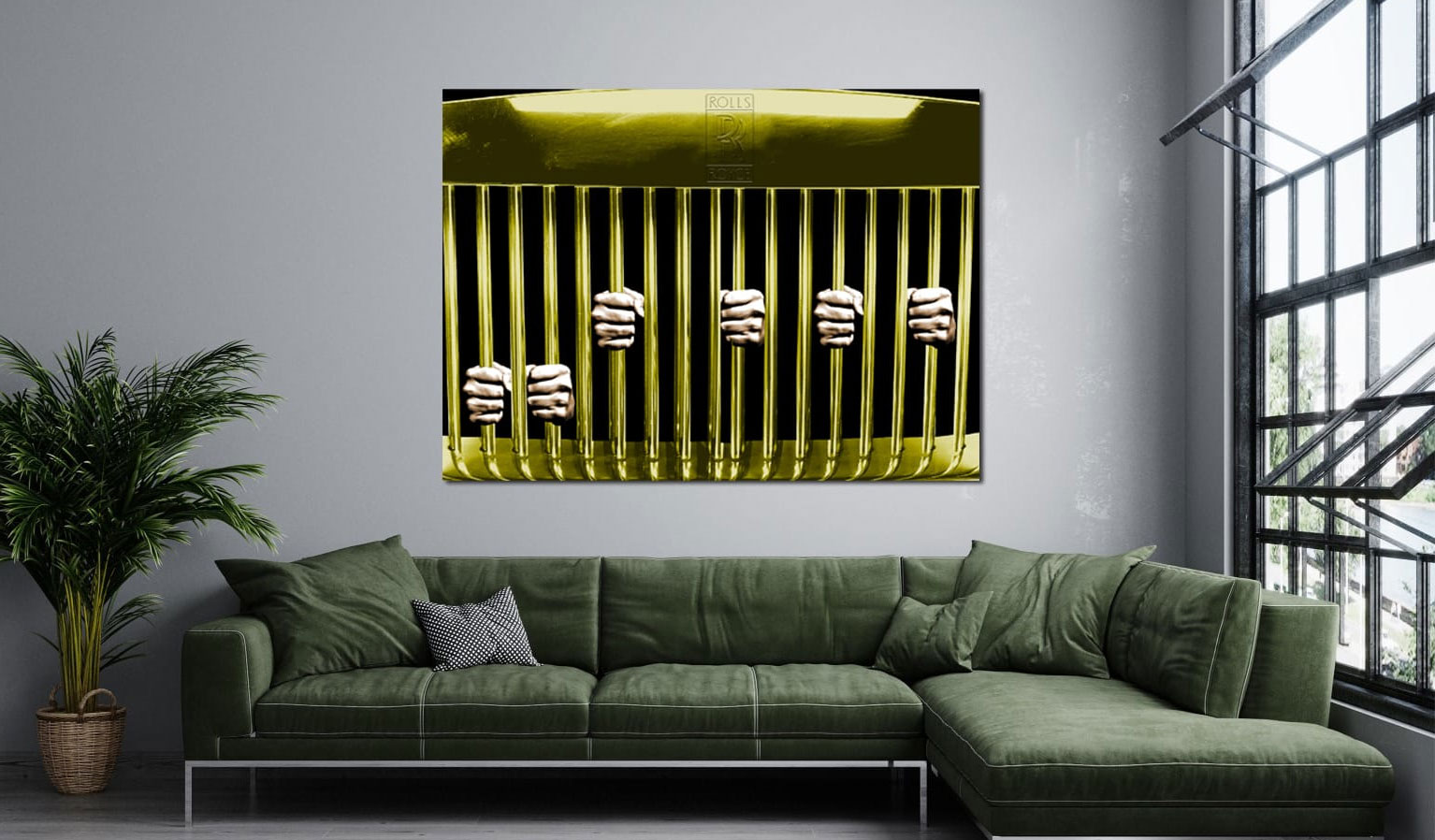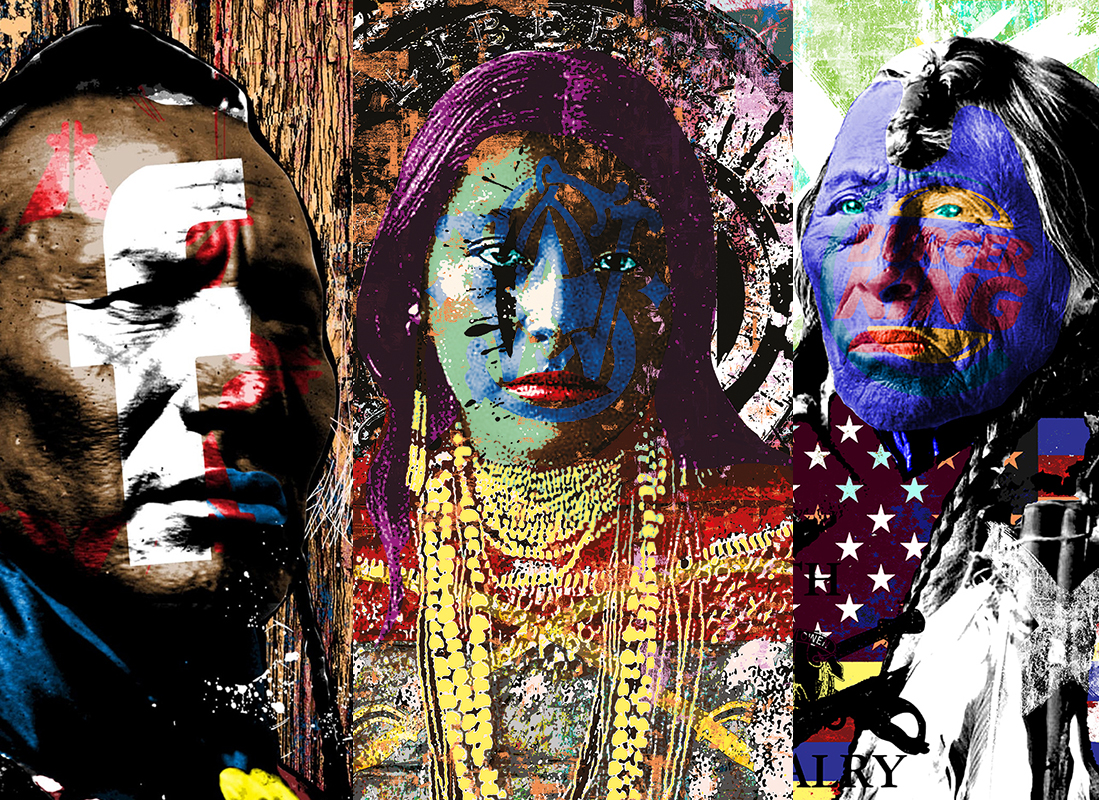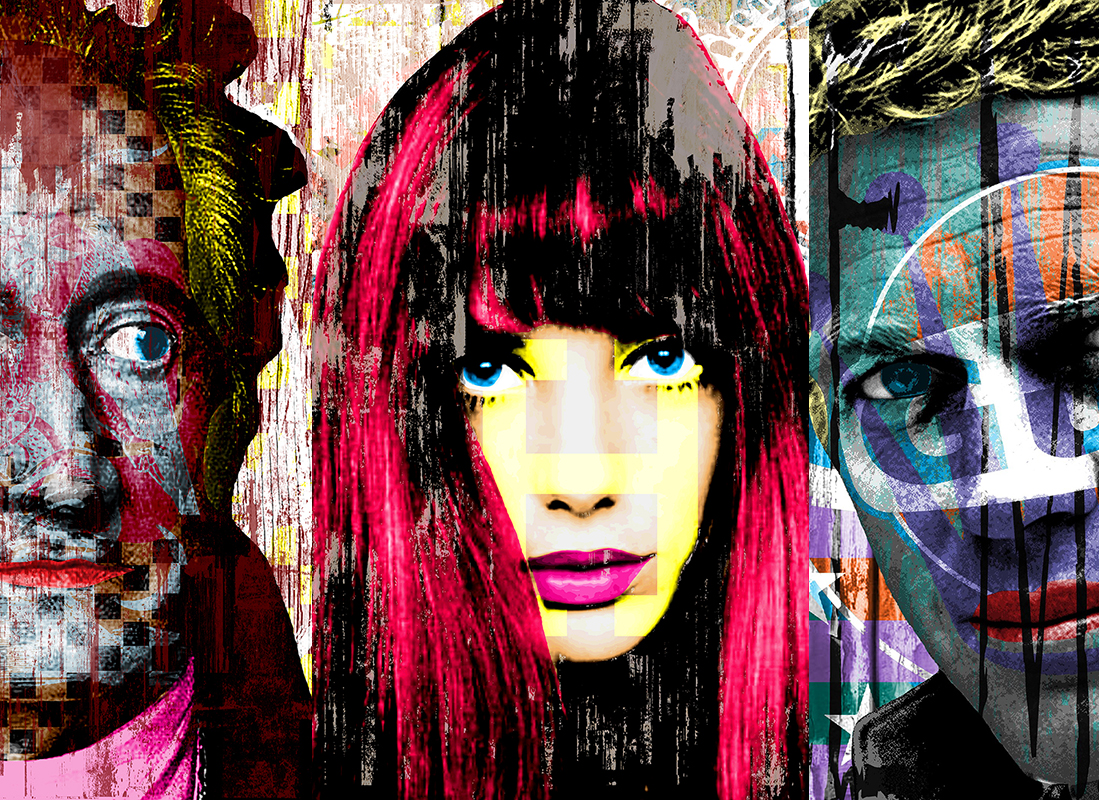Money also rules the art world. Art is traded at record prices and the way the prices are set by the art market is inscrutable. Art economists, economic sociologists, art scholars and other experts have been trying to get behind the rules of the market for years. The value of art is no longer primarily an ideal one, but the opaque mechanisms of the art market determine its value. This is also criticized by the artists themselves.
So the debate about ART & COMMERCE is always topical. The range of meanings of ART & MONEY has been reflected in the works of certain artists since the last century. Money art – already a standing term – shows how artists reflect on money and the social and individual evaluations of the means of payment over the course of time.
Art and Commerce – True Art or Commodity Art?
Both the freedom of art and its commercialization form an area of tension. True art is free, but can it really be free if it is traded as a commodity and is submitted to the constraints of the art market? Can art and culture even develop freely in a capitalist system without having to meet the criteria of market mechanisms? What about the educational mandate of art?
Passive Aggressive by DENKSTAHL
Digital Art – Fine Art Print, Unique Piece, 150×150 cm
The artists depend on marketing their works. But only a few of them are able to sell their works for high prices during their lifetime and are able to be economically successful. It is worth remembering the well-known expression »breadless art«. Even if art in this context is a synonym for any professional skill, it is mainly the actors of the fine arts who will be asked: »Can you make a living from it?« Earning a living in the context of art can already be found in the canon of society in the pre-industrial age.
On the other hand, creators of commercially successful art are accused of being greedy businessmen, creating consumer art only suitable for the masses. This accusation emerges again and again in the context of the seemingly incessant controversial debate around art and commerce. With the presence of superstars on the art scene, one misses the ideal value of art, which should not be for sale. And you miss the free artist, whose work should not be motivated by money and fame.
Zero Dollar by DENKSTAHL
Digital Art – Fine Art Print, Unique Piece, 170×85 cm
There is no way out of this debate, however, because as long as there are merchants and money, works of art will be traded as commodities and luxury goods. In order to counteract the incompatibility of art and commerce, creative alliances are needed. And true art will always be promoted by its connoisseurs and patrons.
The connoisseurs and patrons of art are usually not part of the art business. Their promotion is free of their own economic interest. They know about the cultural enrichment through art as well as about its existential aspect being a spiritual nourishment and as a balm for the soul – both for the creator and for the viewer. And they know about the patiality for artistry.
The future of art, its freedom and commercialization in the digital age are also concerns of the German Federal Government and are discussed in the discussion series »FUTURE! – Perspectives for Culture and the Media« came into focus. As part of this series, the Minister of State for Culture Monika Grütters invites actors from art, society and politics to join the discussion.
At the kick-off event in January 2019, ZUKUNST was about »Art and Freedom« in the Albertinum, Staatliche Kunstsammlungen Dresden. This was followed in the same year by the topics of »Art and Digitization« in the Schauspielhaus Dortmund and »Art and Commerce« in the Städel Museum, Frankfurt am Main. Due to the occasion, 2020 was quiet and the current event on the topic of »Art and Sustainability« on the EUREF campus in Berlin was canceled.
Art and Money
Money can be made with art. And art can be made from money. Money art refers to the means of payment and monetary incentives. Critical, provocative, ironic and humorous. It is conveyed by old and new media, by fictitious and real banknotes or sculptures of shredded banknotes. Some artists deconstruct money, for example by cutting out the individual elements of real banknotes and creating something new out of them. Other artists have taken a great interest in dollar bills and use them as a medium for their artistic expression.
Money is more than just a medium of exchange, it is the symbol of prosperity and wealth. Currency has a high symbolic meaning for the identity of a nation or union. The American Dollar is the currency icon par excellence. Artists like Andy Warhol, Keith Haring, Joseph Beuys and Scott Campbell liked to use the dollar bill to place their statements on it. Art on one dollar bills has established itself as one dollar art. It has found lovers and will be happily collected.
The interesting thing about dollar art is that the dollar is devalued and revalued at the same time. Once it has been »processed«, it can no longer be exchanged for a new note at the bank due to »deliberate damage«. On the other hand, the dollar bill has passed through the hands of the artist and has become an artwork that some are willing to pay a lot of money for.
Money Meets Street by DENKSTAHL
Dollar Art – Mixed Media on original one dollar bill. Each note is unique. The series is limited to 50 works.
For example, the Korff Foundation currently offers banknotes designed by Joseph Beuys for sale. The work »Kunst = KAPITAL« (Art = CAPITAL) by Beuys from 1979 – handwritten and signed on a 100 Jap. Dollar bill – can be purchased for 6,800 Euros. The 20 Schilling banknote with the handwritten text »Komme leider nicht« (I’m not coming) costs 9,500 Euros.
Trendy elements, comics and street art style find their way into the one dollar bill – the legend of all means of payment – as for example with the Frankfurt artist and author DENKSTAHL. Money and consumption are among the main themes of the critical artist and thinker, which have been depicted on his digital canvas since 2000. Before that he worked on his money art with acrylic on canvas or in the form of collages.
In his creations of the one dollar bill, he uses, among other things, stickers that can be found on the street, such as DENKSTAHL Street Art. Praying hands, an emaciated child, the red lipstick or the sifted dove of peace are motifs of the DENKSTAHL Dollar Art. The series from 2021 is called »Money Meets Street« and is limited to 50 unique pieces. Each dollar bill is unique, stamped and signed by the artist.
Prof. Stefan Haupt, advocate for copyright and media law, has a particularly noteworthy engagement with art and money, because he has been collecting money art for more than 30 years. The Haupt Collection »30 pieces of silver–art and money« (30 Silberlinge –Kunst und Geld) shows both sides with over 300 works by international artists on the subject of money: the good and bad of money.
The art collection consists of prints, paintings, photographs, collages, sculptures, ready-mades, video works, artist books and digital art. The highlights of the collection include works by Joseph Beuys, Barton Lidicéx Beneš, Mathieu Mercier, Jerry Berndt, Timm Ulrichs and Michael Timpson.
Stefan Haupt makes his collection accessible to the public by exhibitions, each having a different focus and each taking place in different institutions. Titles such as MONEY–MANIA–SENSE (GELD–WAHN–SINN), MUSE POWER MONEY (MUSE MACHT MONETEN), THE GOLDEN CAGE (DER GOLDENE KÄFIG) or THE DOLLAR SHINES (DER DOLLAR LEUCHTET) give an idea that the exhibitions are about critical art. In fact, Stefan Haupt only collects critical money art.
With his contemporary art collection, the lawyer states that it is important that artists deal critically with the subject of money and the socio-cultural, political and economic issues that arise with it. This goes hand in hand with criticism of the art market and of our exploitative capitalist economic system.
The Haupt Collection bears the significant name »30 pieces of silver – art and money«. According to the biblical story, Judas betrayed Jesus for 30 pieces of silver. The title of the collection alone is thought-provoking. As the art collector Haupt says in a podcast episode at World Money Fair: Every individual is challenged to ask how much money they would give away their life and time. Everyone should be aware of their own boundaries between money and their own values.
Indeed: everything has its price – including how we deal with money. It’s always just what we make of it ourselves. Whether in a social or an individual sense. Money is neither good nor bad. Only how we deal with it can make it good or bad. The criticism of capitalism is always justified because structural violence is immanent within the system. The root of all evil, however, lies much deeper. It is human greed that is actually to be criticized. Even if the system favors the exploitative greed and insane lust for power of the people, it must therefore absolutely be called into question. The criticism of art should primarily apply to the individual person and her/his greed.
It is the task of every person to take care of their inner insatiability, i.e. the lack of fulfillment. This goes hand in hand with reflection and a renewal of one’s own values. Greed has different facets that not only show up in the context of money, but also in everyone’s everyday life. Envy and jealousy, for example, are excesses of greed. Individually and socially, both are treated as if they were two completely different qualities. It is not uncommon to meet people who complain about the envy of others and are jealous themselves or who tolerate the jealousy of their partner. As if one were better than the other. Other expressions of greed are avarice and gluttony, they reflect the degenerate form of taking and giving. Envy, jealousy, avarice and gluttony mean: being insatiable, not getting enough, being possessive, hoarding, not being able to share or give. To take up another biblical phrase that has long since become a saying – and that not in vain: Giving is more blessed than receiving!
ILKNUR
Art Advisory & Mediation
M.A. Philosophy & Educational Science
The pictures presented in our art blog are purchasable as DENKSTAHL UNIQUE PIECES, if they are still available.
A unique piece is a high-gloss print with pigmented ink on high-quality photo paper, laminated behind acrylic glass and reinforced by an aluminum back. Each unique piece is stamped with an artist’s stamp.
For each artwork you will receive a certificate of authenticity signed by the artist and the biographical art book DENKSTAHL. art of a rebellious mind, which will be dedicated to you.
If you have any questions or are interested in an artwork, please send us your inquiry via e-mail to denkstahl@vollherzig.de. You can also arrange your individual appointment directly by phone: +49 1772851804.

